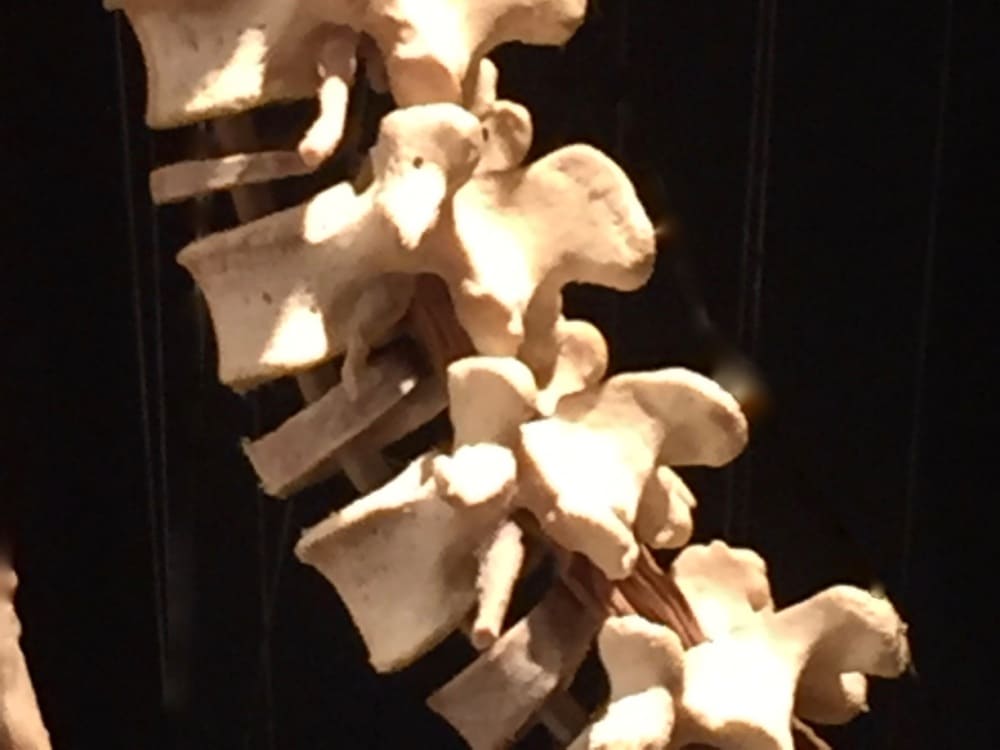
As a Pilates Teacher and Personal Trainer, I’ve been asked this question quite often lately. Perhaps it’s because of our aging society; or perhaps its these clients who are seeking help from fitness professionals; but there seems to be an increase in clients who receive a diagnosis of Osteopenia or Osteoporosis and don’t know what to do. Of course the decision to go on medications is up to you and your doctor… and exercise is not a guarantee of slowing or stopping your bone loss. But there is plenty of research identifying things you should and shouldn’t do when it comes to exercise and everyday movement that can help reduce your risk for fracture.
The Silent Thief
Do not confuse Osteoporosis with Osteoarthritis … which is a degenerative joint disease. Osteopenia is the pre-cursor to Osteoporosis which means literally “porous bone” resulting in an increased risk of fracture. Osteoporosis is called “The Silent Thief” because most people don’t know they have it until they fracture a bone, notice a shrink in height, develop a curvature of spine, or have back pain. By the time you have an osteoporotic fracture, your bones are already fragile!
The statistics can be a little frightening:
- There is an estimated 28 million Americans with Osteoporosis, 200 Million worldwide
- 18 Million with “Low Bone Mass” or Osteopenia
- 80% are women (due to a loss of Estrogen)
- Osteoporosis will cause a broken bone in 1 out of every 2 caucasian women over fifty
- A woman’s risk of breaking a hip is equal to her risk of breast, uterine & ovarian cancer combined
- 1 in 10 women over age 65 has a collapsed vertebra
- 20% with a vertebral fracture will sustain another one within a year
- People with compression fractures of the spine have relative risk of death that is 9 times higher than their healthy counterparts
- 40% of all caucasian women in US will sustain a hip fracture by age 80 if they fall
- 60% of hip fracture patients never fully regain daily activity
- 24% of seniors w/ a hip fracture die within 1 year (especially men!)
Understanding Bone
To understand Osteoporosis you must understand bone. Bone is very much alive! All bone is breaking down and building up all the time.
When we’re young, bone building exceeds bone breakdown. In our early thirties, it is about equal. Soon after, breakdown exceeds build up and we begin to lose bone. Women start to decline rapidly after menopause (in their 50’s) and men in their 60’s.
There are 2 Types of Bone:
Cortical Bone is the hard, outer bone that is calcified, dense, and regenerates slowly (3% a yr.) It makes up 80% of our skeletal system (arms, legs, skull.)
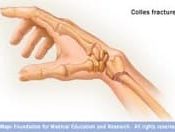
Trabecular Bone is spongy, porous, and flexible. It has more surface area, is lighter, and has more “give.” Spongy bone also regenerates faster (25% a year.) It makes up 10% of our skeletal system (spine, pelvis, ribs, jaw) — places where “shock absorption” is more important.
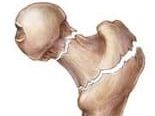
Most bones contain both types, but the bones most susceptible to fracture due to low bone density are the more “spongy” bones of the wrist, spine, and hip (actually the neck of the femur or thigh bone.)
A key piece of information to note is that the anterior or front surface of the vertebrae is mostly trabecular or “softer” while the posterior or back surface is mostly cortical and “harder.”
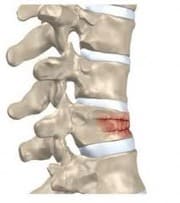
This is important! Bending forward (flexion) compresses the soft anterior part of the spine and is more likely to cause fractures than arching back (extension) — which actually lengthens the space between the vertebra! Repeated “compression” fractures in the spine (which you may not even feel) can cause loss of height and slumped posture!
Adding load to this forward bend causes even more pressure (as in bending over to pick up a bag of groceries.) Can you see how this might affect how you move everyday?
Do You Know Your Score?

So you’ve been given a T – Score (or Z – Score which adapts to your age) with a negative number. What does this mean? First, we urge all our clients to get to know their numbers! A negative number means your bone density is less than average which is a score of 0.
- -1 to -2.5 is considered Osteopenia
- -2.5 and lower is Osteoporosis
Scores are usually checked in the most susceptible areas – wrist, hip, and spine. An overall score averages the three. Many reports will also give you a percentage. This is your risk of experiencing a fracture within the next 10 years.
So What Should I Do?
It is out of our scope of practice for fitness professionals to recommend treatment plans, medications, nutrition, or supplements. However we can assist with the exercise and movement portion of your treatment plan with a focus on strengthening muscle & bone, and preventing fractures!
Osteoporotic clients often feel and look fragile and therefore shy away from weights or exercise — the exact thing they need! It’s Never Too Late! But it’s critical to learn and practice safe exercise techniques … and utilize them not only when you exercise but in everyday movements!
I utilize a set of Exercise Principles with all my teachers and clients who are dealing with Osteoporosis and Ostepenia. As a side note… most of these principles can be used with other back injuries such as herniated disc. As always, check with your doctor before doing any exercise to be sure it’s safe for you!
Exercise Principles for Osteopenia/Osteoporosis:
- Address Posture — Elongate Spine & Maintain Neutral
- Seek Gravity — With Weight Bearing Activities
- Stress Bone — with Mechanical Load & Impact
- Avoid Flexion and Seek Extension
- Train Balance & Fall Response
1. Address Posture:
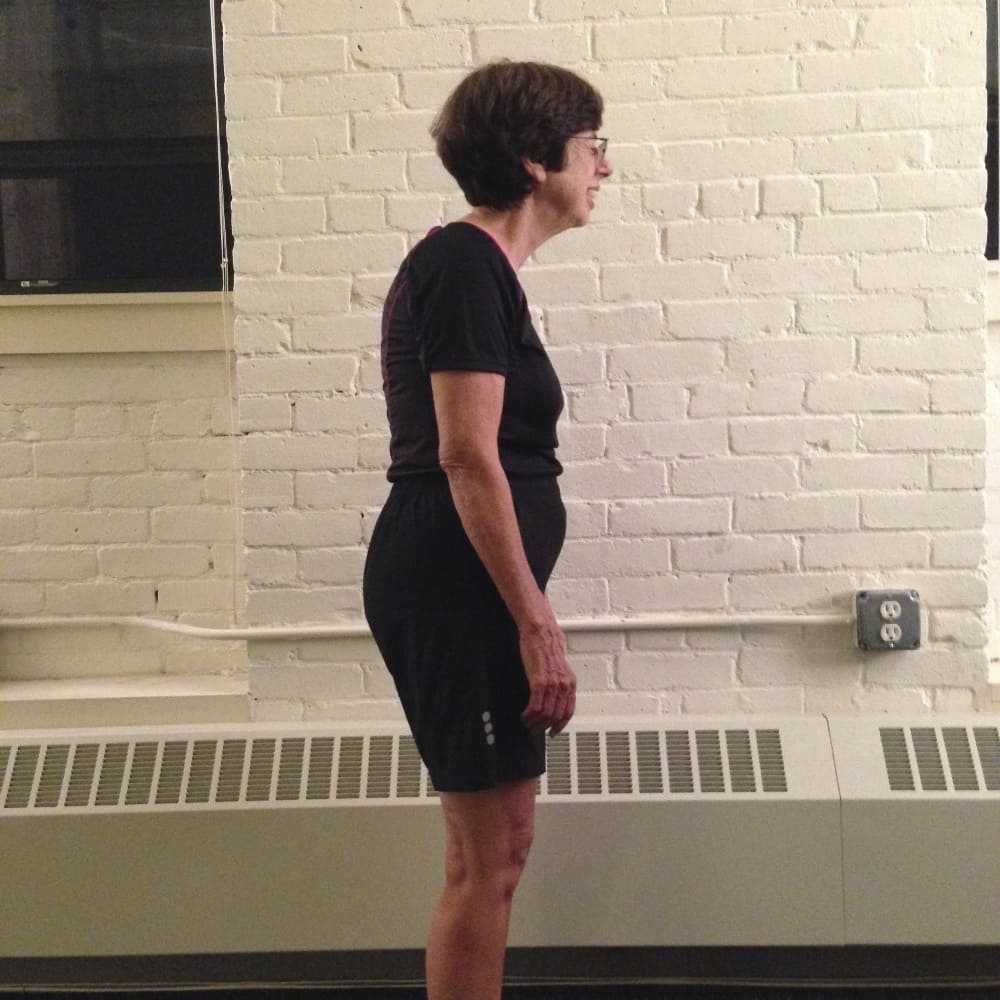
Common postural issues that you see with Osteoporosis include a loss of neutral spinal curves resulting in:
- forward head
- rounded shoulders
- posterior pelvic tilt
- extreme kyphosis (Dowager’s Hump)
- weight over balls of feet
- loss of height
To address posture, focus on exercises that involve lengthening and elongation of the spine. Work on strengthening the back of the body (spinal and posterior neck muscles, glutes, and hamstrings) and stretching the front of the body (front of the neck, chest, shoulders, quads, and hip flexors.)
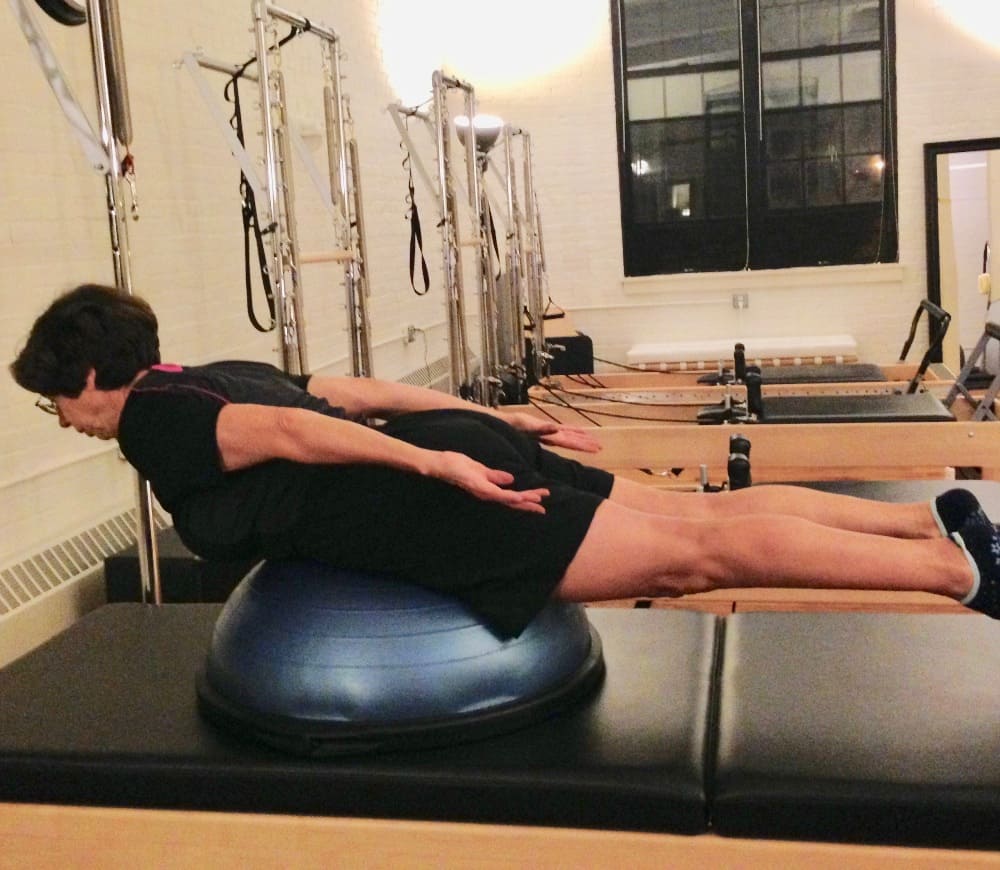
These are exercises like:
- Swan, Cobra, and other Spinal Extension
- Stretches like Eve’s Lunge, Runner’s Lunge, Thigh Stretch, and Bridges
- Sitting and standing tall like in Short Box
- Stability exercises like Planks and Bird-dog
- Forward head exercises like the Magic Circle Series
CLICK HERE for more info on addressing Forward Head
It’s important for Osteoporotic clients to learn and adapt a Neutral Spine position when exercising and especially in everyday movements. Neutral Spine (often called “flat back”) means that the natural curves of your spine are there, but not in excess!
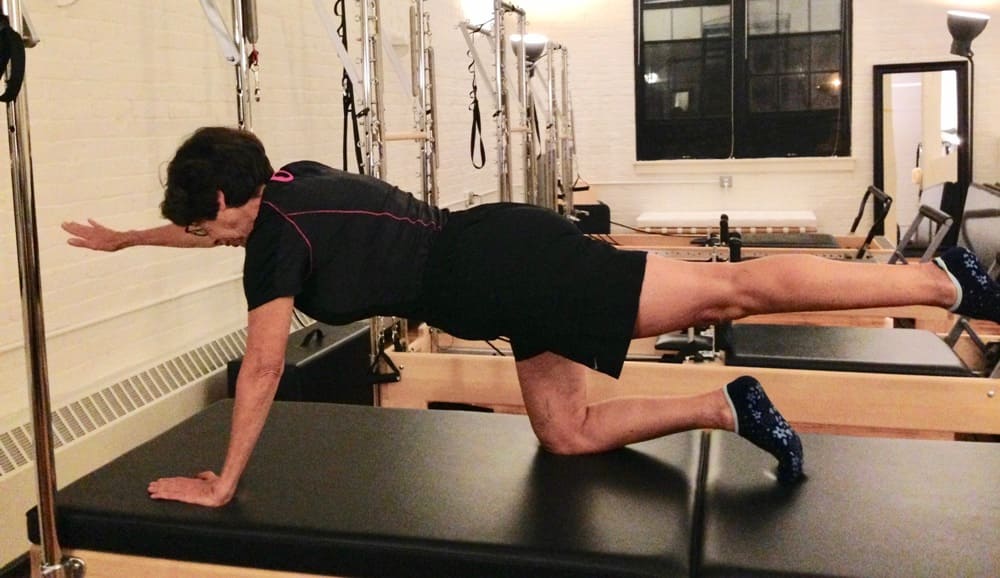
Osteoporotic spines are often over-rounded in the upper back between the shoulder blades – called Kyphosis. Focus on exercises that lengthen and strengthen the upper back at the Thoracic spine and between the shoulder blades.
These are exercises like:
- Chest Expansion, Pulling Straps
- Rowing and Pulling exercises
- Chest stretches over the ball, barrel, or roller
2. Seek Gravity & Weight-Bearing Activities:
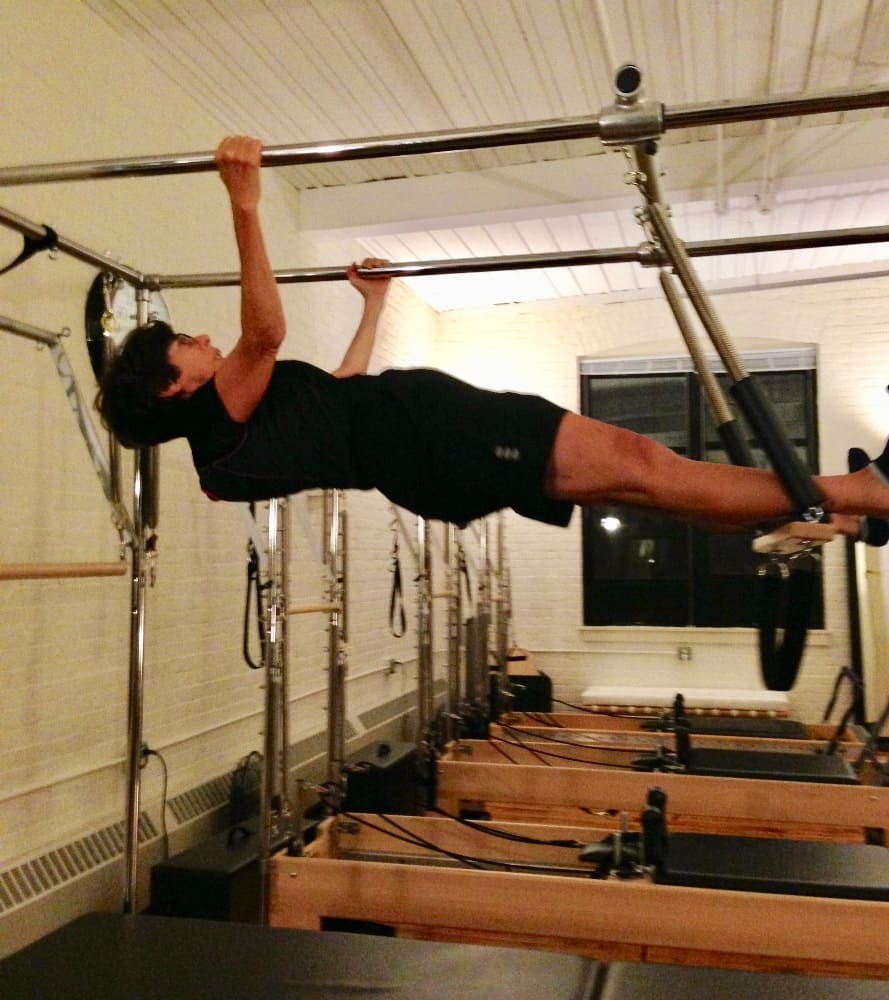
Weight bearing means the bones are required to support the weight of the body against gravity. We’ve known for many years that bed rest & inactivity cause bone loss. Did you know that Astronauts return from space with significant bone loss because of the lack of gravity in space? Studies done on young athletes who swim or cycle have shown lower bone density because these activities do not involve gravity.
So look for opportunities to add exercises and movements that increase the relationship of your body to gravity like:
- Standing vs. lying
- Planks and hanging exercises
- TRX and other suspension training tools
- Weighted vests & belts
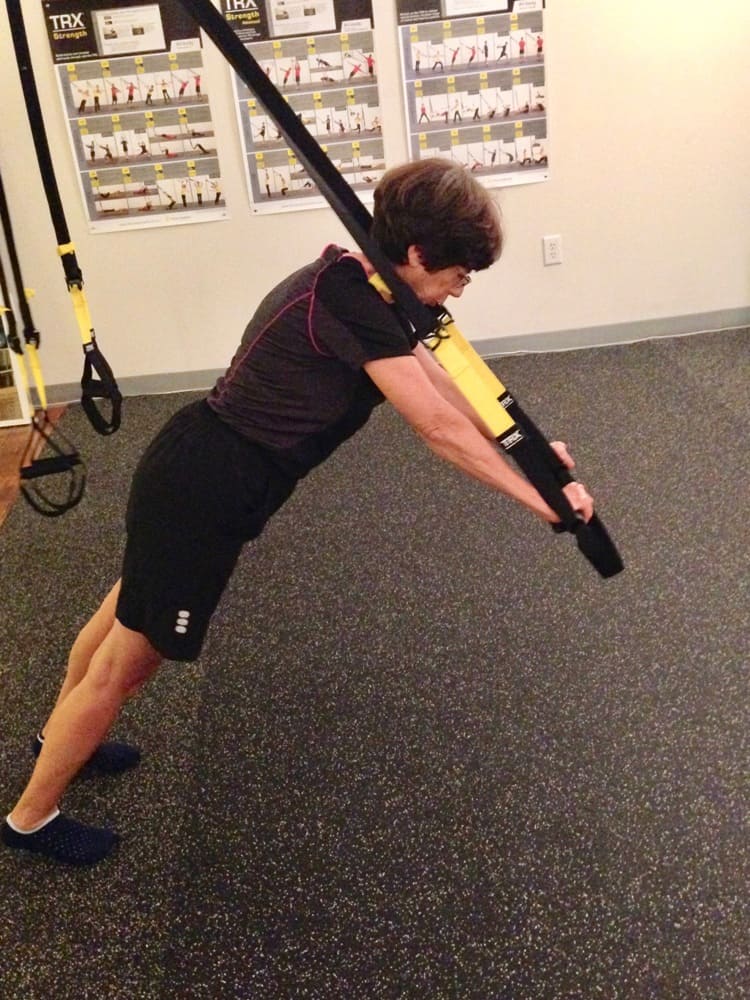
… which brings us to a critical exercise principle: Where there is no gravity, you must add resistance!
That means weights, bands, and yes — Springs! See #3 Below…
Here’s a great example: swimming is not a recommended form of exercise for Osteoporotic clients. Buoyancy in water decreases your gravity by 90%. However, the resistive effect of water is 800x that of air! So if you use paddles, water weights, or you run in chest-deep water you can add some needed resistance!
3.Stress Bone with Mechanical Load:
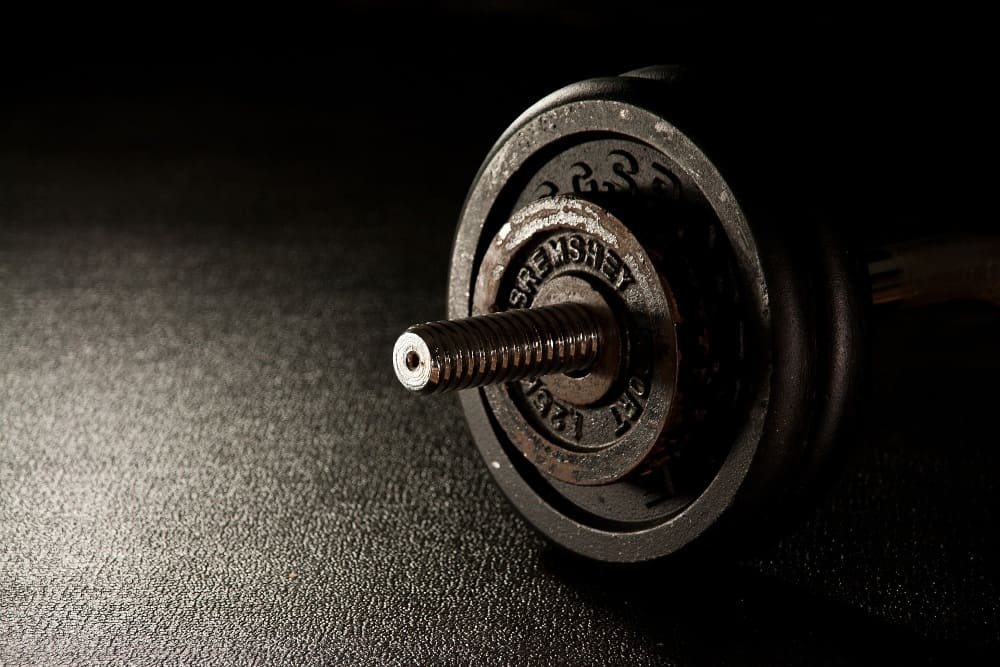
Way back in the 1800’s, Anatomists and surgeons discovered that mechanical forces acting on bone caused architectural changes in the bone. Stresses on the tendon insertions produce a growth response in the muscle and bone. For example, the Humerus bones of tribes who lived on the water were exceptionally thick due to rowing. Studies show the racquet-holding arm bones of tennis players become much stronger than those of the other arm, and weightlifters display overall increases in bone density due to mechanical load.
- Stress bone with repetitive motions under load. Muscles need to do their thing — which is contract and release! Isometrics (where you hold a load in a static position), while effective for developing muscle, does not produce the same results in bone.
- It is also good to work a muscle from different angles to stress different fibers – which may pull differently on tendons … and add variety to your workouts.
- Another way to stress bone is to add impact. Martial Artists who strike objects with increasing intensity display increases in bone density in the striking area. You can get impact from:
- Walking = 2x body weight
- Running = 4x body weight
- Jumping = 8x body weight
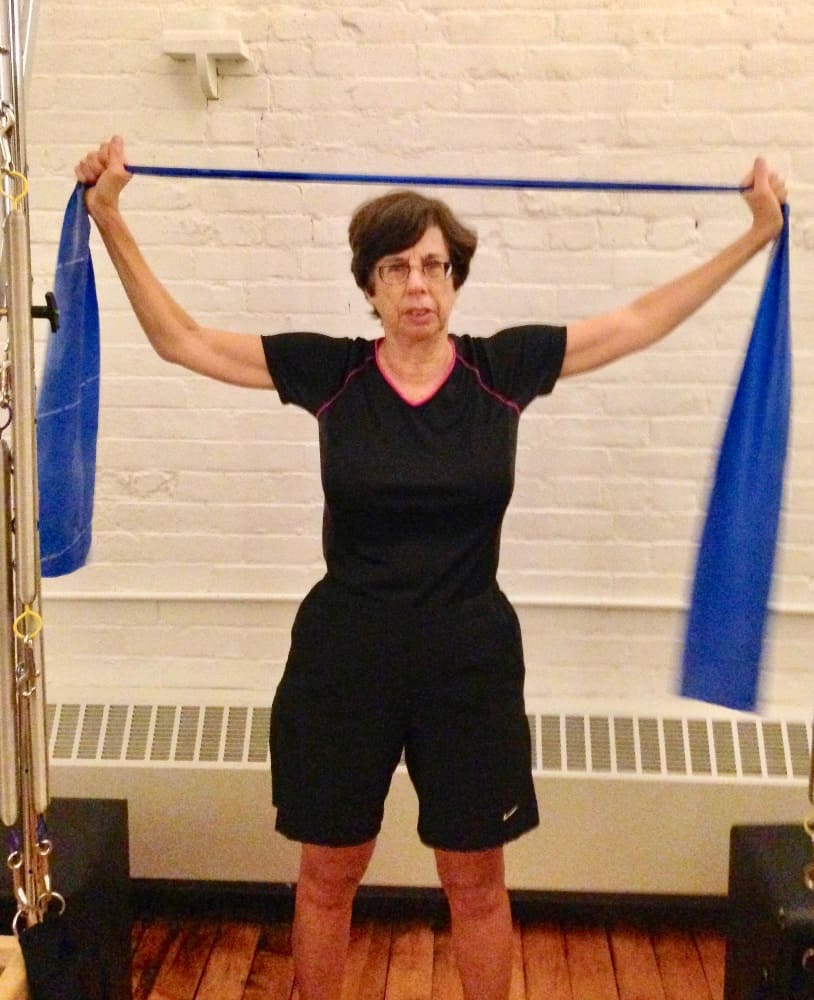
Be aware though, jumping is NOT advised if a spinal fracture already exists, if there is a compromised disc, or other joints like knees are not healthy enough to handle the impact. If you can’t jump or strike safely — try adding high knees, skipping, or bounding to running or walking.
- Vibration and oscillation produce a similar response as demonstrated with products like the Power Plate, Body Blade, ActiveMotion bar, and even the Shake Weight!
Here’s the good news… It doesn’t really matter which exercises you choose! The bottom line is to pick up some weight as often as possible — even a gallon of milk! Don’t be afraid to add weights, bands, and springs to a workout to stress bones! And don’t be stingy – work with a weight that will be challenging by the 10th or 12th Rep.
4.Avoid Flexion and Seek Extension:
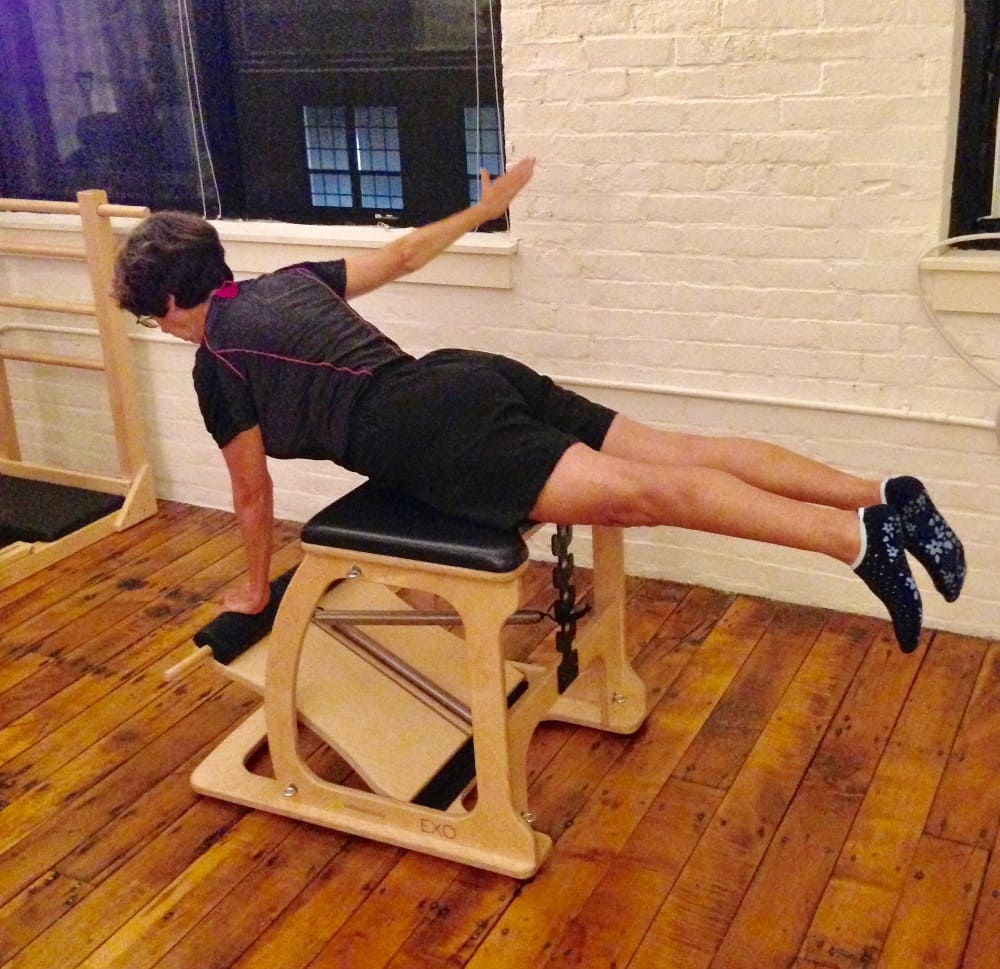
A research study done in 1984 analyzed four types of movement in a group of Osteoporotic exercisers who had already experienced a fracture:
- Group 1 did Extension Only = 16% had another fracture
- Group 2 did Flexion Only = 89% had another fracture
- Group 3 did Extension & Flexion = 53% had another fracture
- Group 4 did No Exercise = 67% had another fracture
Remember that forward flexion causes compression force on the anterior (front) surface of the vertebrae, where most of the trabecular or spongy bone is located. Adding load to this forward bend is extra dangerous!
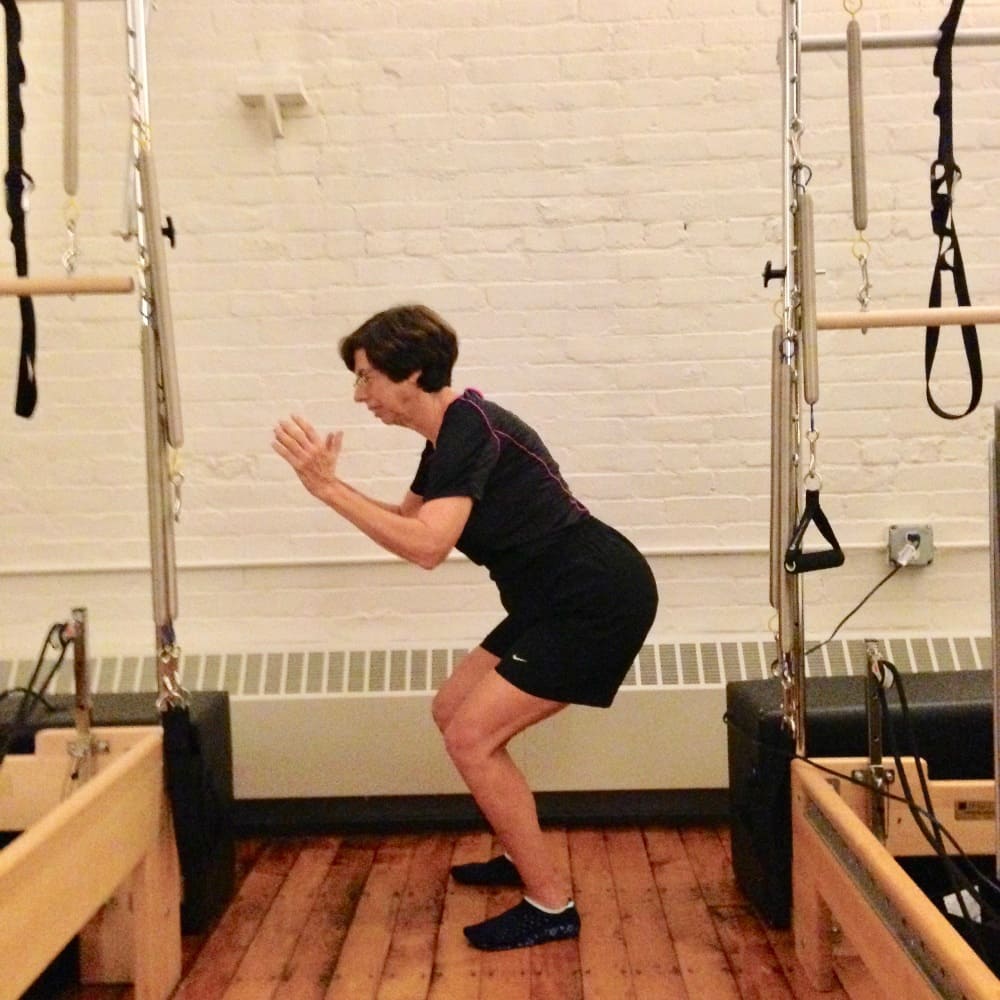
There is also excessive compression during side-bending and twisting of the thoracic and upper-lumbar (Lower-lumbar don’t really side bend) So forward flexion combined with rotation is especially dangerous, particularly in jarring movements with rotation like tennis & golf! Simply twisting around to get something out of the back seat can be trouble!
Since there is less trabecular bone at the posterior or back part of the vertebra, and since extension movements open and add space to the front of the vertebrae – you should seek out these movements with exercises like cobra and swan.
Plus, stronger back muscles help stabilize and lengthen the spine; thus improving balance, posture, and decreasing the risk of fracture from falling!
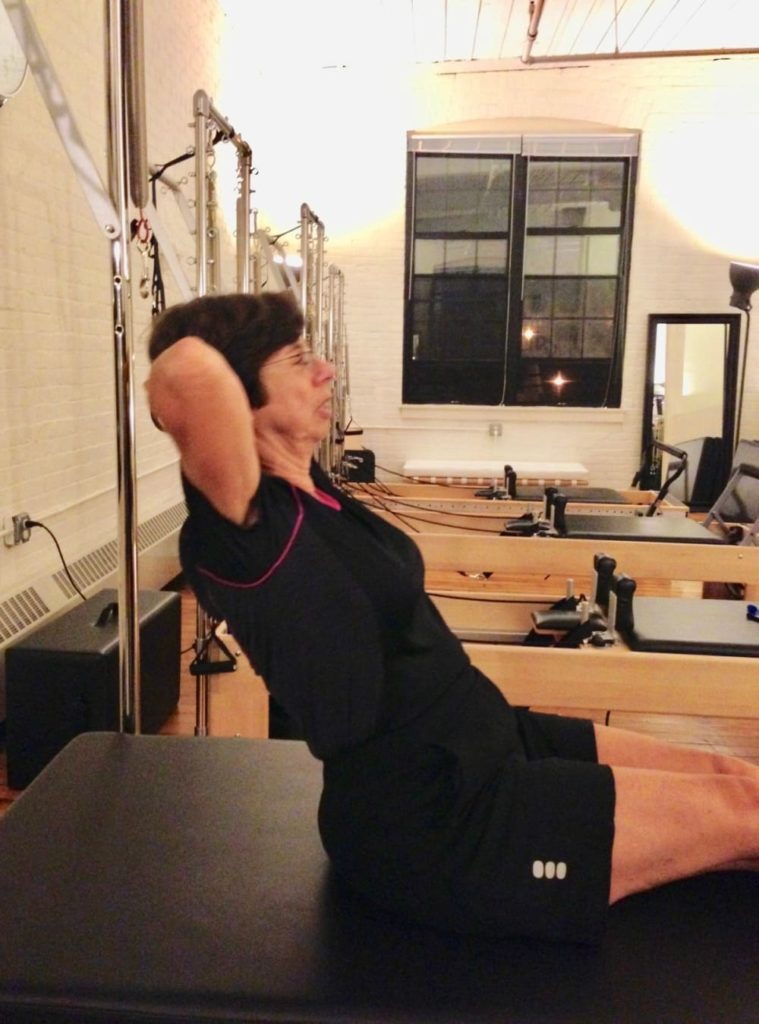
This concept is not just important for exercise – but if you have Osteopenia and Osteoporosis you must be particularly attentive to your spinal positions AT ALL TIMES!! Hinge at the hips and not the spine!
If you are taking Pilates mat or equipment class – avoid exercises like rollup, rollovers, rolling like a ball, and short spine. Eliminate these exercises, or better yet — learn to do them with a flat or neutral back if you can! During side bending exercises – try getting into a long position and doing and isometric hold!
5.Train Balance and Fall Response:
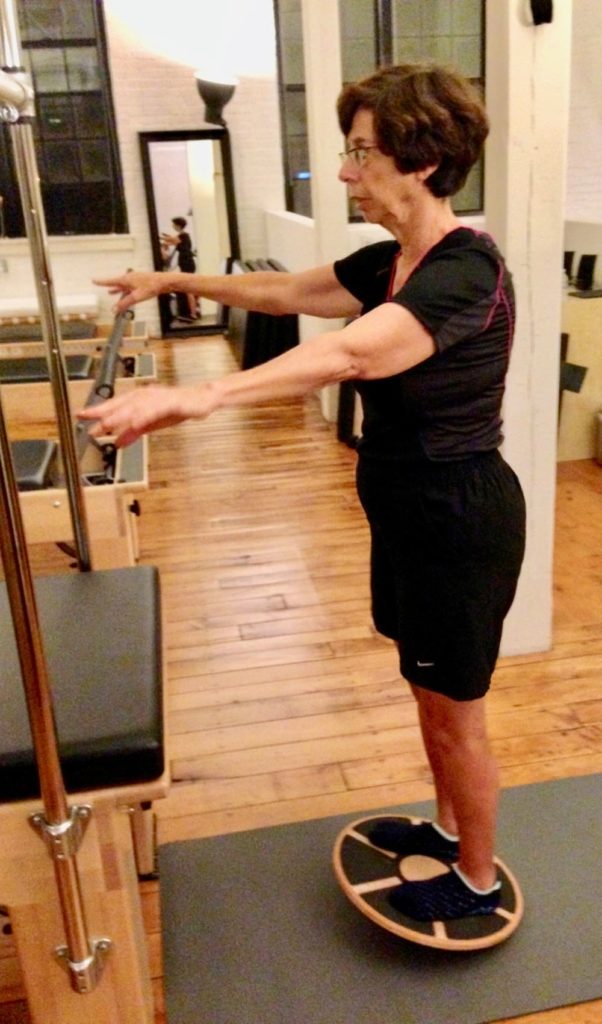
Age related decreases in neural, sensory, and muscular systems contribute to the likelihood of fractures from trips and falls. Remember, brittle bones alone are not the greatest danger – it’s a fracture you want to avoid!
Balance and proprioception (awareness of the body in space) can be trained. Working the core (which includes abs, back, hips) will help your body stabilize! Add balance exercises whenever and wherever you can. Be aware how these exercises transfer to ADL’s (Activities of Daily Living) like brushing your teeth, going down stairs, doing laundry, getting in and out of the car, etc.
Progress appropriately with balance exercises:
- Start with standing and holding on to something — work on shifting your weight — progress from two legs to one leg — then try letting go! For a real challenge, close your eyes! (but be sure to have a support nearby!)
- Work on static stabilization & progress to dynamic (moving) — work on your gait at different speeds — and practice with obstacles.
- Add balance tools like wobble boards, wedges, BOSU, etc.
- Practice sit to stand & lying to sitting up – without rounding your spine — practice getting down and up from the floor.
- Work lateral stepping & side stepping — try crossovers (front & back).
- And lastly, work recovery or “reaction” time if you do lose your balance — catch a ball, practice falling off the BOSU, resist a push, etc.
Do You Know What to Do?
When you get a diagnosis of Osteopenia or Osteoporosis, don’t be alarmed. Discuss with your doctors options for halting or slowing your bone loss. Learn your numbers, and what they mean. Add or increase safe exercise to your life by learning and adapting the 5 principles:
- Address Posture
- Seek Gravity & Weight Bearing
- Stress Bone with Mechanical Load
- Avoid Flexion & Seek Extension
- Train Balance & Fall Response
Remember, your goal is to avoid fracture – especially in the susceptible areas of wrist, hip, and spine! Seek out fitness professionals with expertise in this area. There are lots of resources… even online. Let your teacher know before class so they can give you safe modifications. If you can’t get to class, learn and implement a set of exercises and movements on your own — and use them in your everyday life!
All the teachers at Mind 2 Body Fitness are experienced with Osteopenia and Osteoporosis.
We’ll be happy to set you up with a workout targeted to your special needs. We also run workshops for teachers and clients so keep checking our website for schedules or join our mail list.
CLICK HERE for more about us!